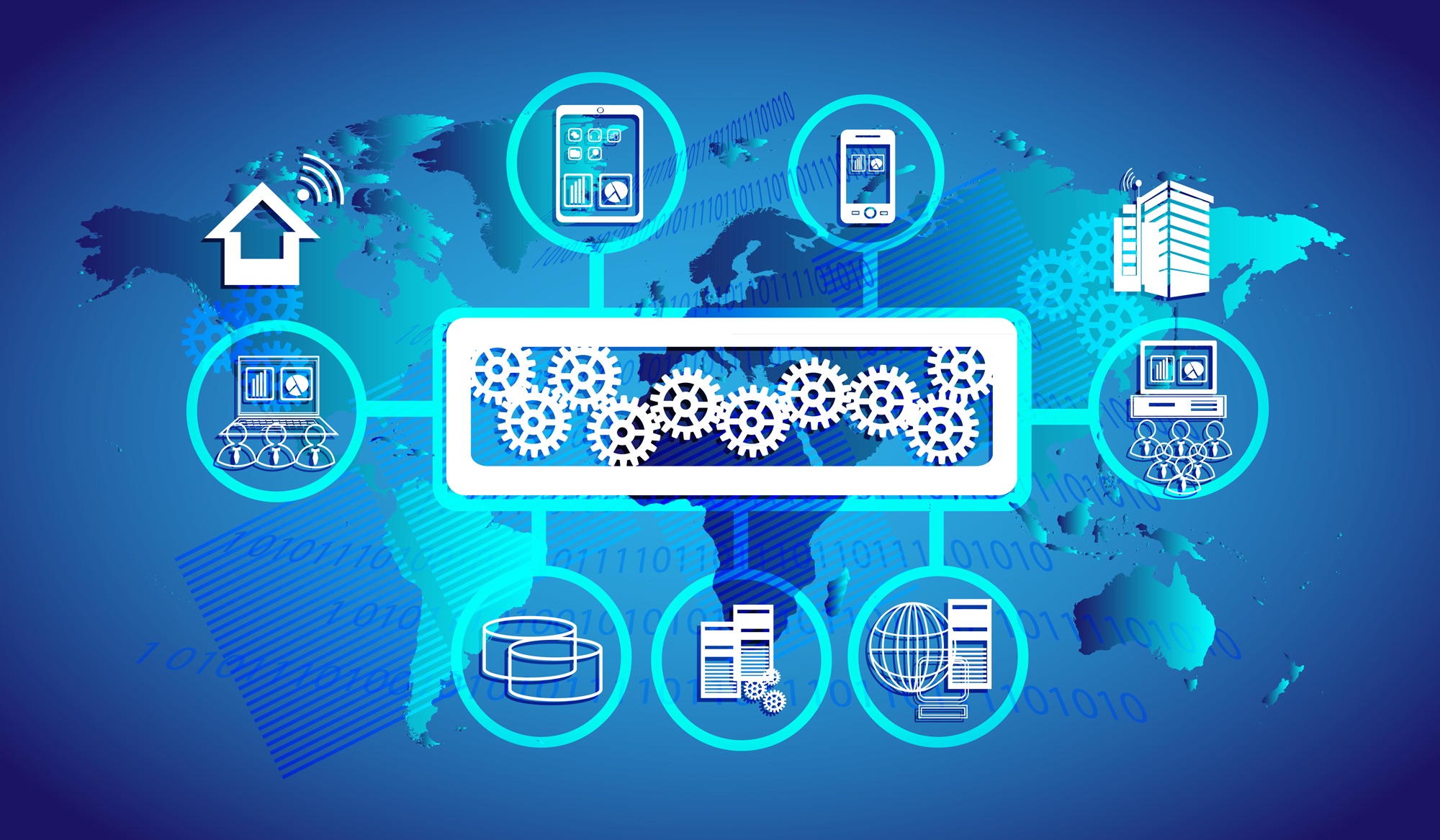In the rapidly evolving landscape of information technology, network security remains a top concern for businesses. Multi-Protocol Label Switching is increasingly favored as an optimal networking solution. However, a critical question arises: Is this technology truly safe? In this article, we will explore the security aspects of MPLS, helping you gain a better understanding of this technology.
1. What is MPLS?
Before delving into security details, let’s clarify what MPLS is. It is a packet forwarding technology in computer networks that allows for more efficient traffic management. By using labels to determine the path of data packets, it enhances processing speed and network performance.
MPLS or Multi-Protocol Label Switching, is a high-performance telecommunications technology designed to manage and direct data traffic across networks. By using labels to determine the path for data packets, enhances speed and efficiency compared to traditional routing methods. It operates between Layer 2 and Layer 3 of the OSI model, enabling the integration of various protocols. This technology supports both IP and non-IP traffic, making it versatile for different applications. Is widely used in enterprise networks to optimize bandwidth usage, improve performance, and ensure reliable service quality for critical applications.
1.1 Structure of MPLS
This technology consists of two main components:
- Label Edge Router (LER): Located at the edge of the network, this router assigns labels to data packets.
- Label Switch Router (LSR): Situated within the core of the network, this router forwards packets based on their labels.
2. Security of MPLS
2.1 MPLS and Security
The technology offers several security advantages compared to traditional networking methods like VPNs. Key reasons it is considered safer include:
- Private Network: It does not transmit data over the public internet but utilizes a private network, significantly reducing the risk of external attacks.
- Layer 2 Security: Operating at Layer 2 of the OSI model, it segregates traffic from different customers. This means that one business’s data is not mixed with another’s.
- Traffic Management: It allows enterprises to control and allocate bandwidth for critical applications, ensuring they operate safely and efficiently.

2.2 Potential Risks
Despite its advantages, some risks still exist that businesses should be aware of:
- Internal Attacks: Since data is not encrypted during transmission, if a hacker gains access to the MPLS service network, they could easily steal sensitive information.
- Dependency on Providers: The security of this technology relies on the provider’s security capabilities. If a provider experiences a security breach, the enterprise may be affected.
3. Comparing MPLS with Other Security Solutions
3.1 MPLS vs. VPN
VPNs (Virtual Private Networks) are also popular for securing network connections. However, compared to MPLS, they have some drawbacks:
- Reliability: VPNs usually depend on the public internet, making them more vulnerable to external attacks.
- Performance: The technology can process traffic faster, which enhances network efficiency.
3.2 MPLS vs. SD-WAN
Software-Defined Wide Area Network (SD-WAN) is a new technology that uses software to optimize and manage network traffic. While SD-WAN offers greater flexibility MPLS service remains preferred among larger enterprises with high security needs.

4. Security Measures for MPLS
4.1 Data Encryption
To enhance security, businesses should consider encrypting their data. While this service does not automatically encrypt data, employing encryption protocols like IPsec can safeguard information during transmission.
4.2 Access Management
Managing access is a crucial factor in protecting an network. Enterprises should establish clear security policies and control employee access to the network.
4.3 Network Monitoring
Regular network monitoring helps detect early signs of attacks and allows for timely response. Businesses should use monitoring tools to track traffic and identify suspicious activities.
5. Conclusion
MPLS service networking solution is powerful and secure, offering numerous benefits to businesses. However, like any technology, it comes with potential risks. Therefore, enterprises need to implement appropriate security measures to protect their information.
We hope this article has provided you with valuable insights into the safety of this service. If you have any questions, feel free to leave your comments!
* Contact us:
- Email: dc@dcx.com.vn
- Phone: 0333361599
- Facebook: https://www.facebook.com/DCX.Tech.Solutions/
